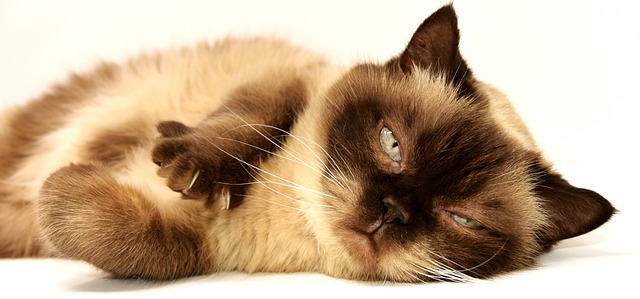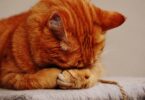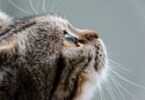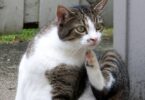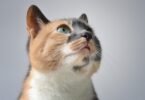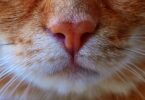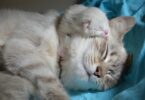Cats have a way of turning into adorable little angels when they’re asleep, regardless of how mischievous they may be when awake. Their sleeping positions are not random, and they can reveal a lot about their health and temperament. Let’s explore some of the most common sleeping positions and what they might signify.
1. Curled Up This is the most typical sleeping posture for cats. They curl up into a small circle, keeping their head flat against the surface they’re lying on. This position helps them stay warm and protects their vital organs.
2. Belly Up When a cat sleeps on its back with the belly exposed, it indicates a state of total relaxation and well-being. It’s a sign of complete trust, as the belly is the most vulnerable part of a cat’s body.
3. Sideways A cat sleeping on its side shows that it’s relaxed, but not necessarily in deep sleep. The exposed belly and extended limbs indicate contentment and alertness.
4. The Acrobat / Contortionist In this peculiar pose, a cat’s body seems to twist with limbs contorted in various directions. While the science behind this posture isn’t well-researched, if your cat seems comfortable and relaxed, enjoy the spectacle!
5. Paw Across the Face This adorable posture, where a cat places its paw across its face, is often a sign that they don’t want to be disturbed or that they’re trying to block out bright light.
6. Tucked In Some cats enjoy being under covers, finding security and comfort in this position. It provides a quiet place to sleep and protection from potential intruders.
7. On Top of You When a cat chooses to sleep on top of you, consider it a compliment. It indicates a unique bond and a sense of security for the cat, particularly in colder weather.
8. Social Group Naps Cats that share a close bond may prefer to sleep in close proximity to one another. This can also extend to close friendships with dogs.
Cat Sleeping Positions When Sick or in Pain
A cat that is unwell or in pain may exhibit unusual sleeping postures, indicating discomfort or stress. These can include a hunched posture with the head tilted down, or protracting the head and neck, which may indicate respiratory or heart issues.
General Cat Sleeping Habits
- Cats spend a significant portion of their time resting or sleeping.
- They prefer elevated or confined spaces for sleeping and resting.
- Cats are crepuscular, meaning they’re most active around dawn and dusk.
- Weather conditions can influence their sleeping habits, with more sleep on cold or rainy days.
- Senior and geriatric cats tend to sleep more, eat less, and may exhibit altered sleep patterns.
In conclusion, paying attention to your cat’s sleeping positions can provide valuable insights into their well-being. Any significant changes in their sleeping habits or postures should prompt a visit to the veterinarian for further evaluation and potential treatment.

